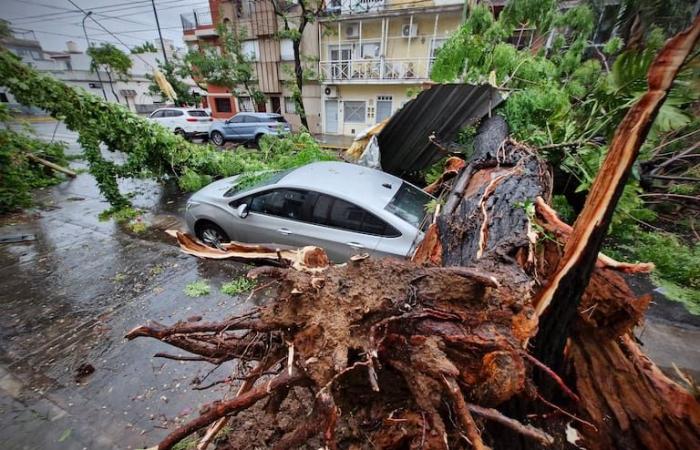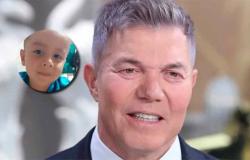Hear
The images of the damage caused by the strong storm of December 17. The number of fallen and damaged trees, more than a thousand, forced the Ministry of Public Space Buenos Aires will review the tree plan for the current year.
The program, modified based on what happened, includes planting more than 18,000 specimens of 30 species, adding about 3,000 “extras”. The communes that were the most affected by the storm will be the most favored: the 9 (Liniers and Slaughterhouses), eleven (Devoto and Villa del Parque) and 12 (Coghlan, Saavedra and Villa Urquiza), Besides Centenario and Tres de Febrero parksthe largest in the city.
The replacement will seek to respect the original landscape of the spaces, locating the same species that previously existed or similar ones, depending on what is defined in the Master Plan for each corridor. Since some species were exotic, modern environmentalism and sustainability recommend replacing them with native ones.
The planting season runs from May to October. It is expected that some 7,500 street plants will be added and more than 6,000 that were left empty will be reoccupied, while more than 4,400 specimens would be destined for green spaces. On average, It takes a tree between 15 and 20 years to grow until it becomes useful as a temperature moderator, air oxygenator and noise reducer.
In September it will be launched a new tree census. The last one corresponds to 2018 and counted 431,326 specimens in the 203 square kilometers of the district, in total there are 423 species, including shrubs, conifers, palm trees and other botanical typologies. With that amount, 30% of the surface of the city of Buenos Aires was covered with tree canopies. To compare, the census of Treepedia that measures tree crowns across Google Street Viewgives it first place out of 27 cities that make up the ranking tampa (USA), with 36.1%, while Singapore registers 29.3%.
On the streets, American ash trees take first place, followed far behind by plane trees and ficus trees. In parks and squares, tipas, jacarandas and poplars are the most widespread species. Buenos Aires trees, mostly five species according to the design of Carlos Thays, they bloom in a staggered manner, painting the city with colors. The lapachos (pinks, in September), ceibos (red, in October), jacarandás (lilacs, in November), tipas (yellow, in December) and palo drunk (at different times of the year in different colors). Ginkgo biloba are the stars of this season.
The beauty of urban trees adds to its multiple benefits. Its strategic location can help moderate temperatures in buildings and reduce air conditioning consumption, in addition to increasing property values. Its proximity can improve our physical and mental health, purify the air by absorbing polluting gases and mitigate climate change, among other benefits. There are plenty of reasons. Only trees are missing.
THE NATION






